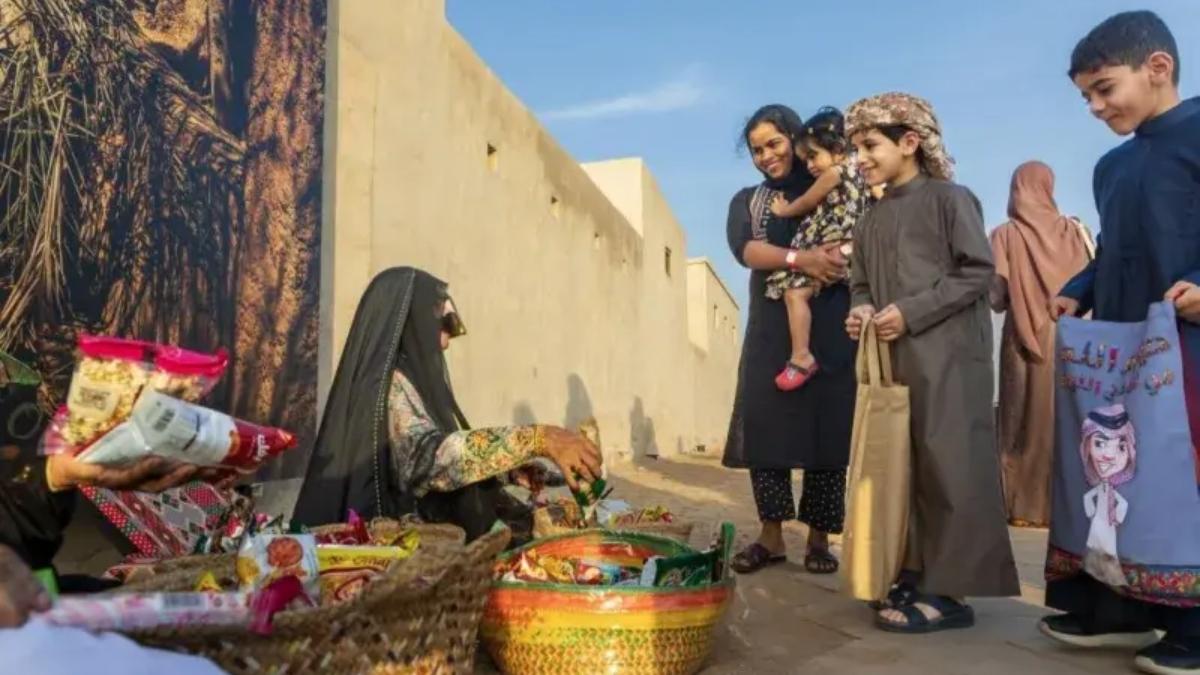India has a centuries-old custom of lighting lamps in both homes and temples. The majority of people light an oil lamp twice a day: once in the early morning and once in the evening. A Diya or Jyoti represents wisdom, innocence, wealth, luck, and the absence of ignorance or darkness. During Navratri, many devotees light Akhand Jyot or Diya at their houses. Why is it so? What is its significance? Here’s all you need to know!
Significance Of Akhand Jyot/ Diya

During the ancient Navratri ritual of Akhand Jyot, which is performed at homes, temples, ashrams, and workplaces, devotees take a sankalpa to keep the sacred flame burning for a predetermined amount of time.
“Akhand” denotes continuous or unquenchable, whereas “Jyot” refers to flame. During Navratri, a ghee lamp is lit unextinguished for nine to ten days in remembrance of the Mother Divine (Durga).
It is believed that during the nine days of Navratri, Goddess Durga resides in every household, and the Akhand Jyot keeps the evil energy away.
Also Read: Navratri: What Is The Significance Of The Nine Days, Nine Goddesses And Nine Colours?
Do’s And Don’ts

- For the Akhand Jyot, use an earthen, silver, or brass lamp.
- If you choose an earthen lamp, be sure to keep it submerged in water throughout the night to protect it from absorbing all of the oil and igniting.
- The oil light (Diya) must always be set up on an elevated platform, or chowki.
- While igniting the jyot, do recite the Sannskrit shloka, “Shubhom Karoti Kalyanam”.
- Using gulal or raw rice, create an ashtadal (a pattern resembling an eight-petaled lotus) on the chowki or platform. The Akhand Jyoti can then be positioned in the middle of the Ashtadal.
- Always place the Akhand Jyot on the right side of the goddess.
- To protect it from the air, you can use a glass cylinder with an open top or a glass box that is open at the top.
- Make use of a long, thick mauli baati (wick) to keep it lit through the conclusion of the ninth day of the festival.
- Akhand Jyoti should be lit by using ghee, pure sesame oil, or mustard oil only.
- The wick begins to accumulate black residue as a result of continuous lighting. As a result, fire a fresh wick in the Akhand Jyoti and use a thin stick to carefully remove the portion of the old wick that has burned too much.
- Avoid placing the Akhand Jyoti in the path of a breeze, window, door, etc.
- Be careful not to drown the lighted end of the wick when adding oil to the Akhand Jyoti.
- Do not consume Tamasic food items like non-vegetarian food, food with garlic and onions, or alcoholic beverages.
- After Navratri ends, do not blow away the flame. Let it be extinguished on its own.
- Make sure one person is always at home to take care of the Akhand Jyot.
Also Read: 8 Traditional Dishes Relished During Navratri Across India
How is Navratri celebrated at your place?
Cover Image Courtesy: Canva
For more such snackable content, interesting discoveries and latest updates on food, travel and experiences in your city, download the Curly Tales App. Download HERE.
Good news! We are on WhatsApp! Subscribe to Curly Tales WhatsApp Channel to stay up-to-date with exclusive content and BTS. Join HERE.




